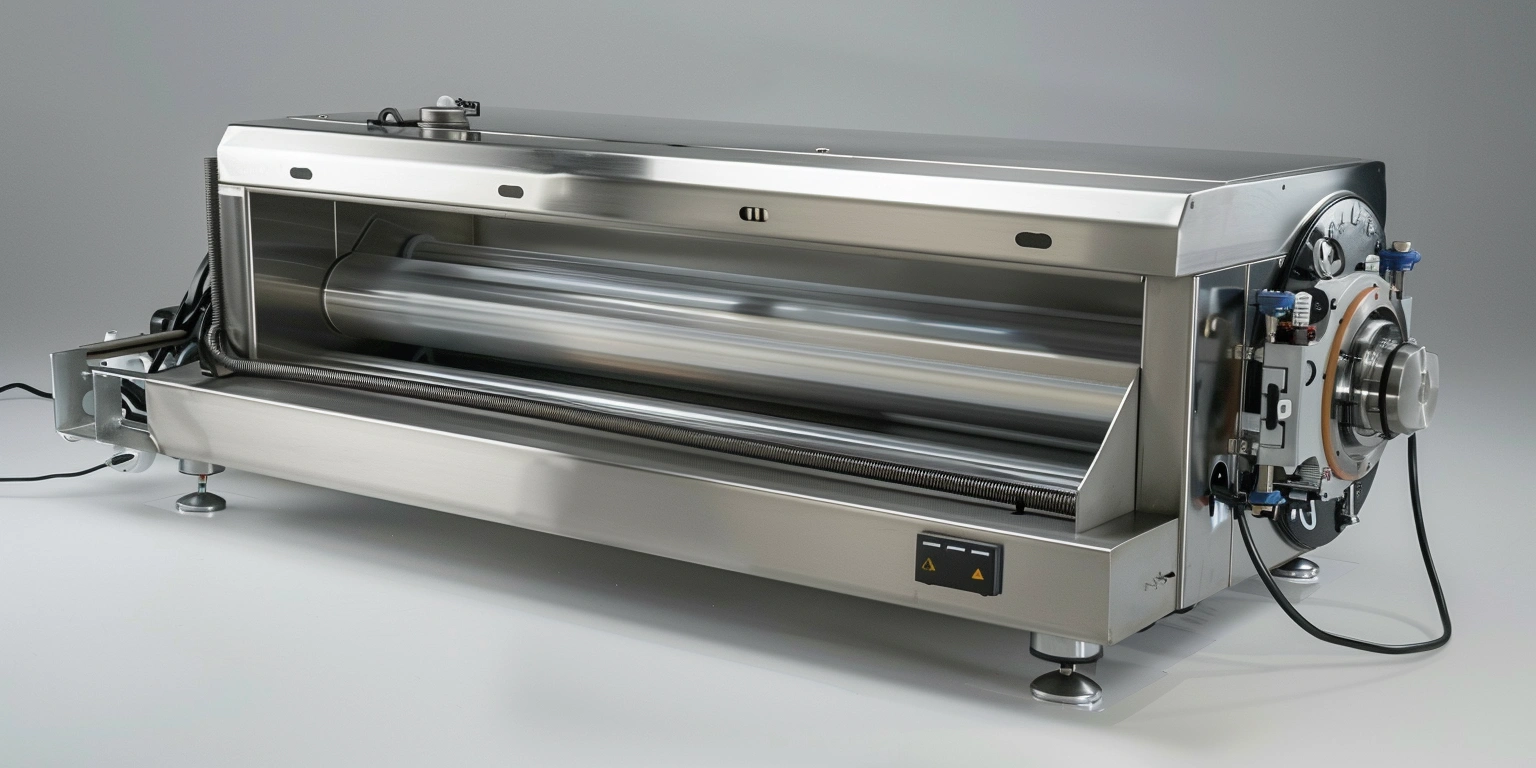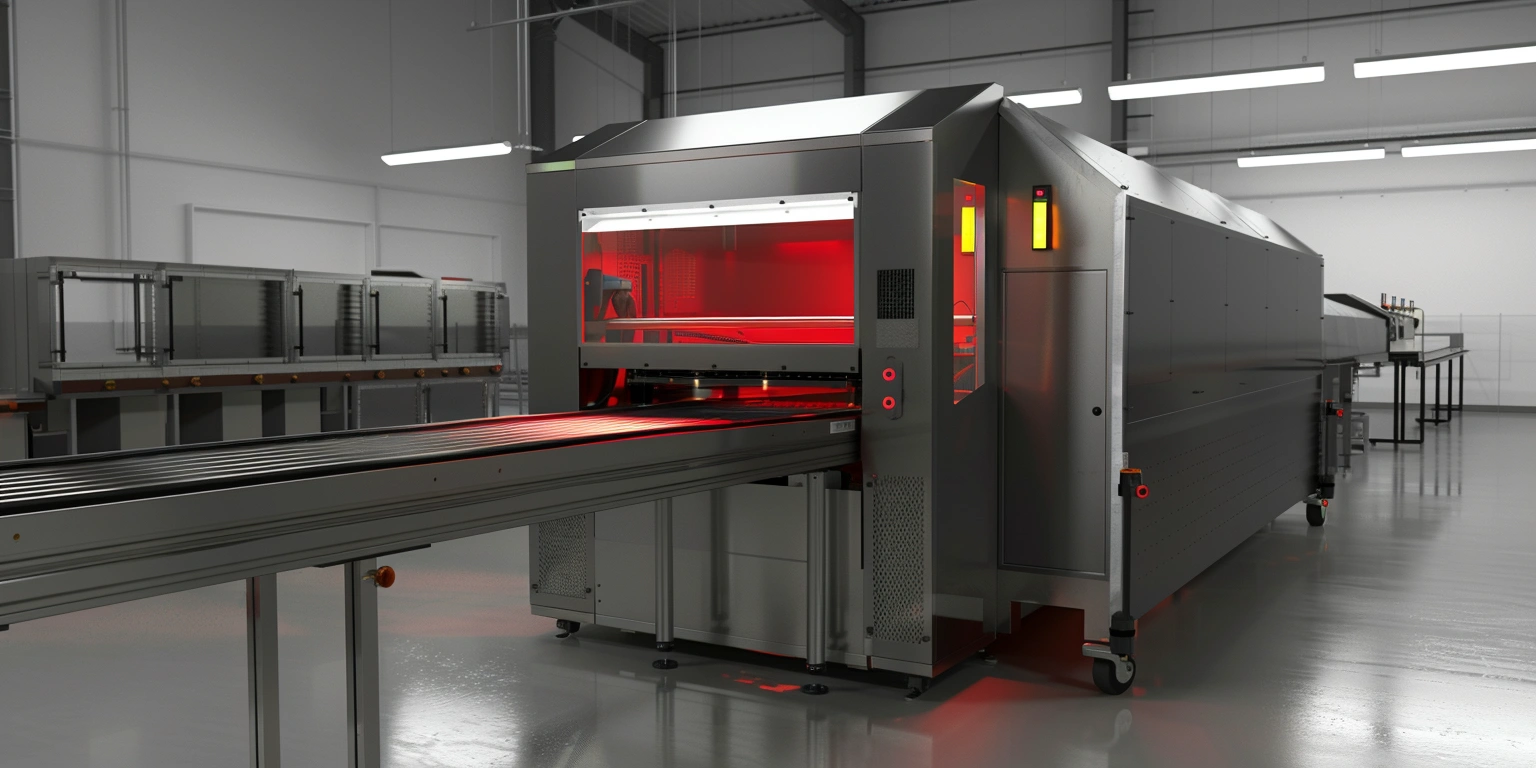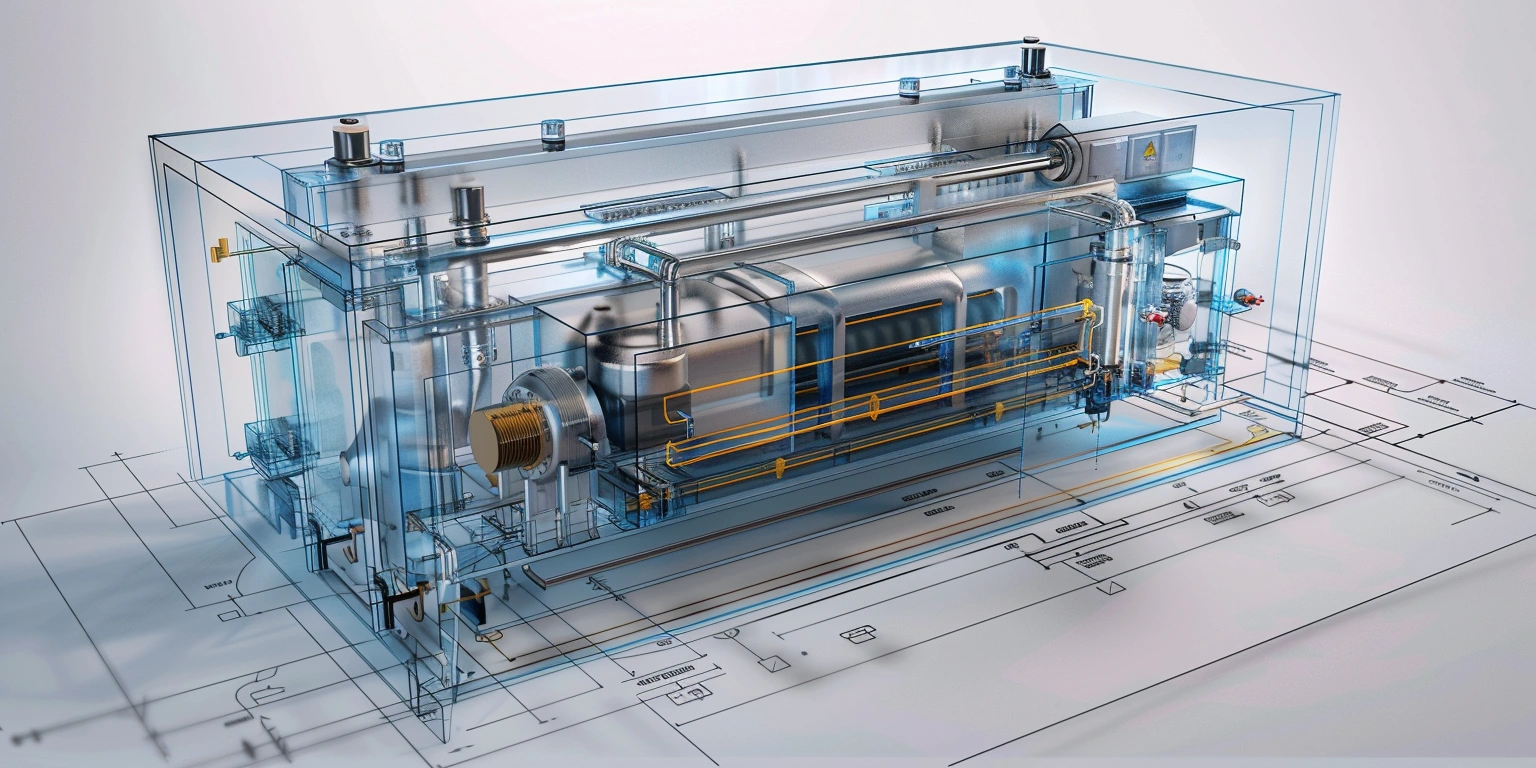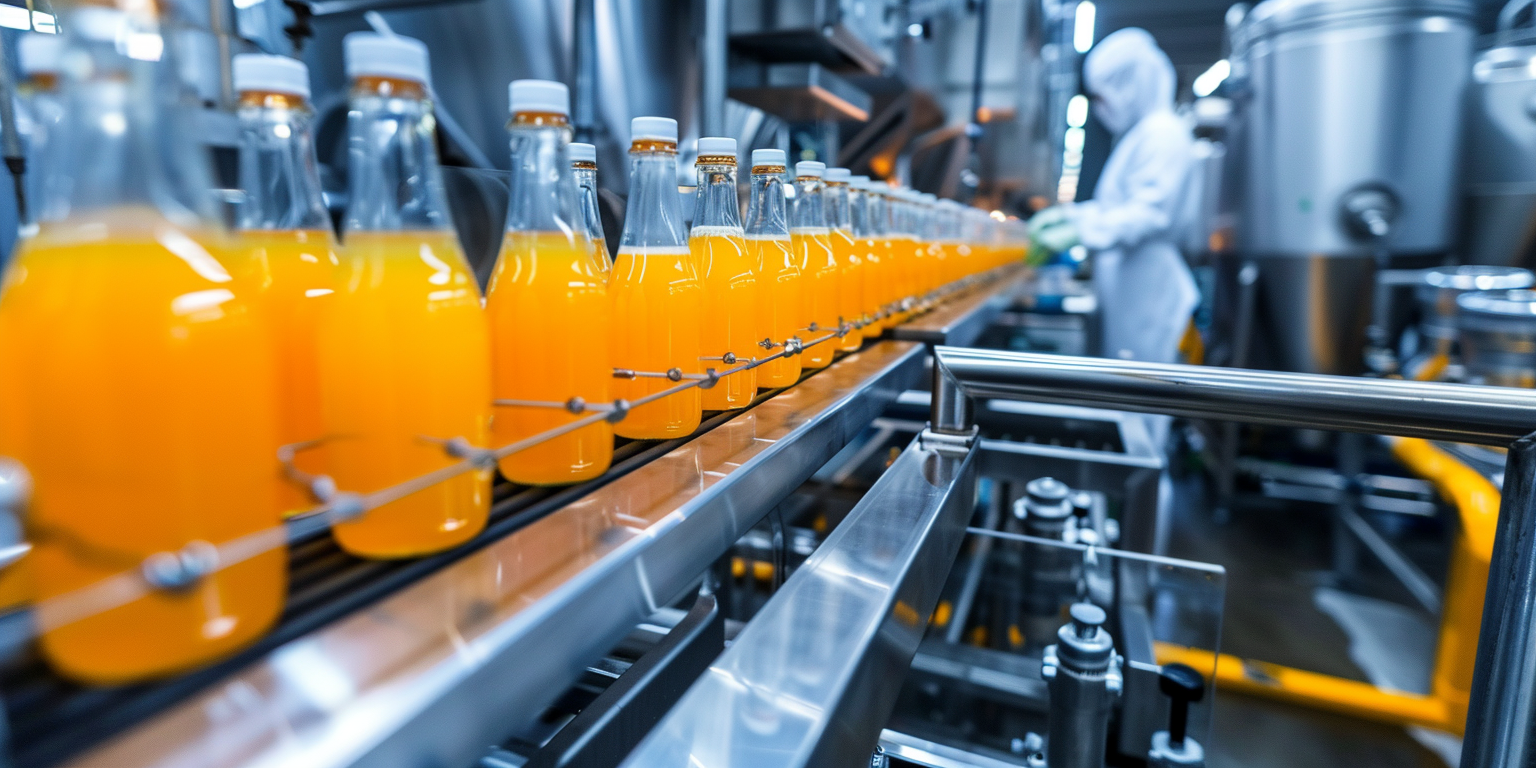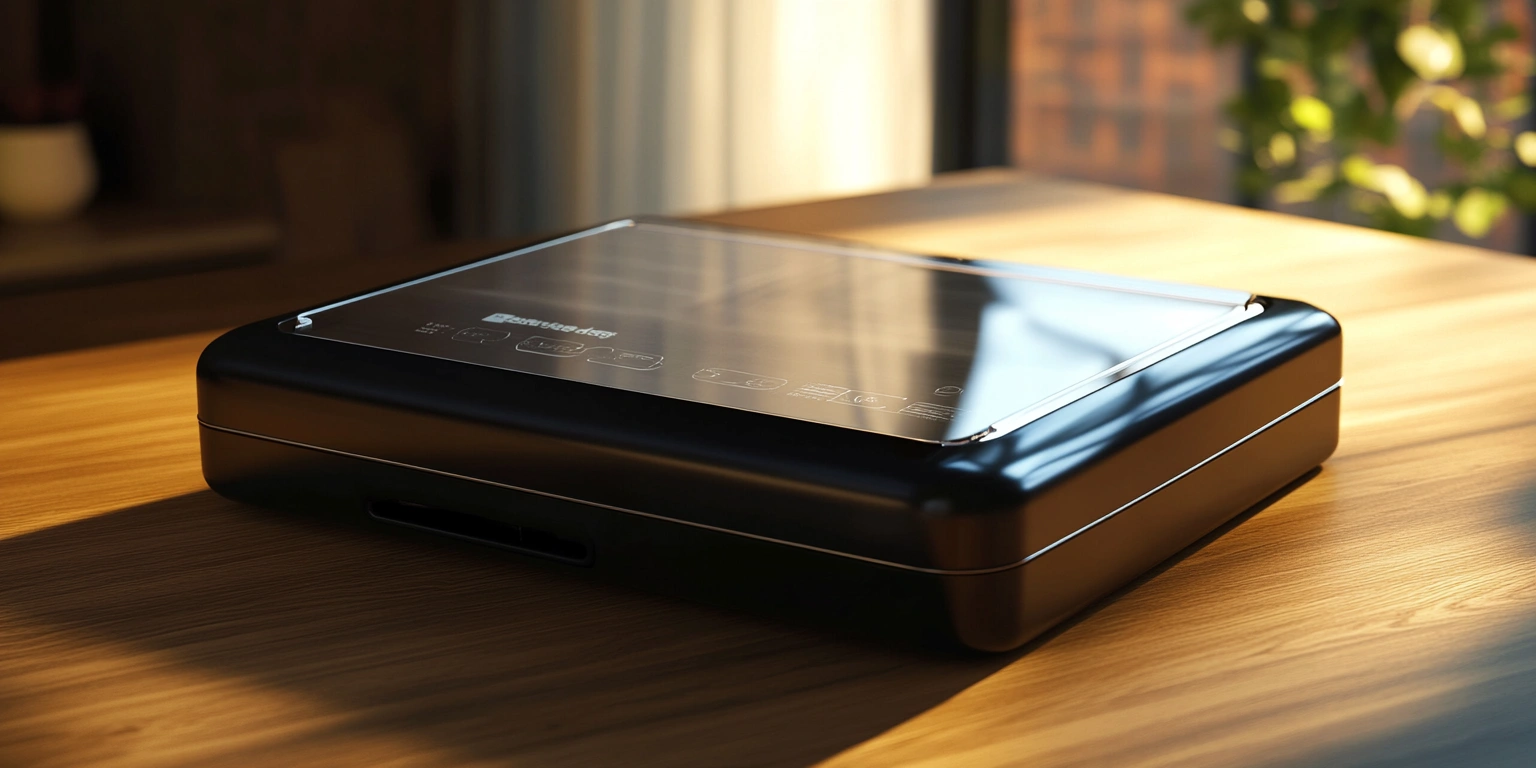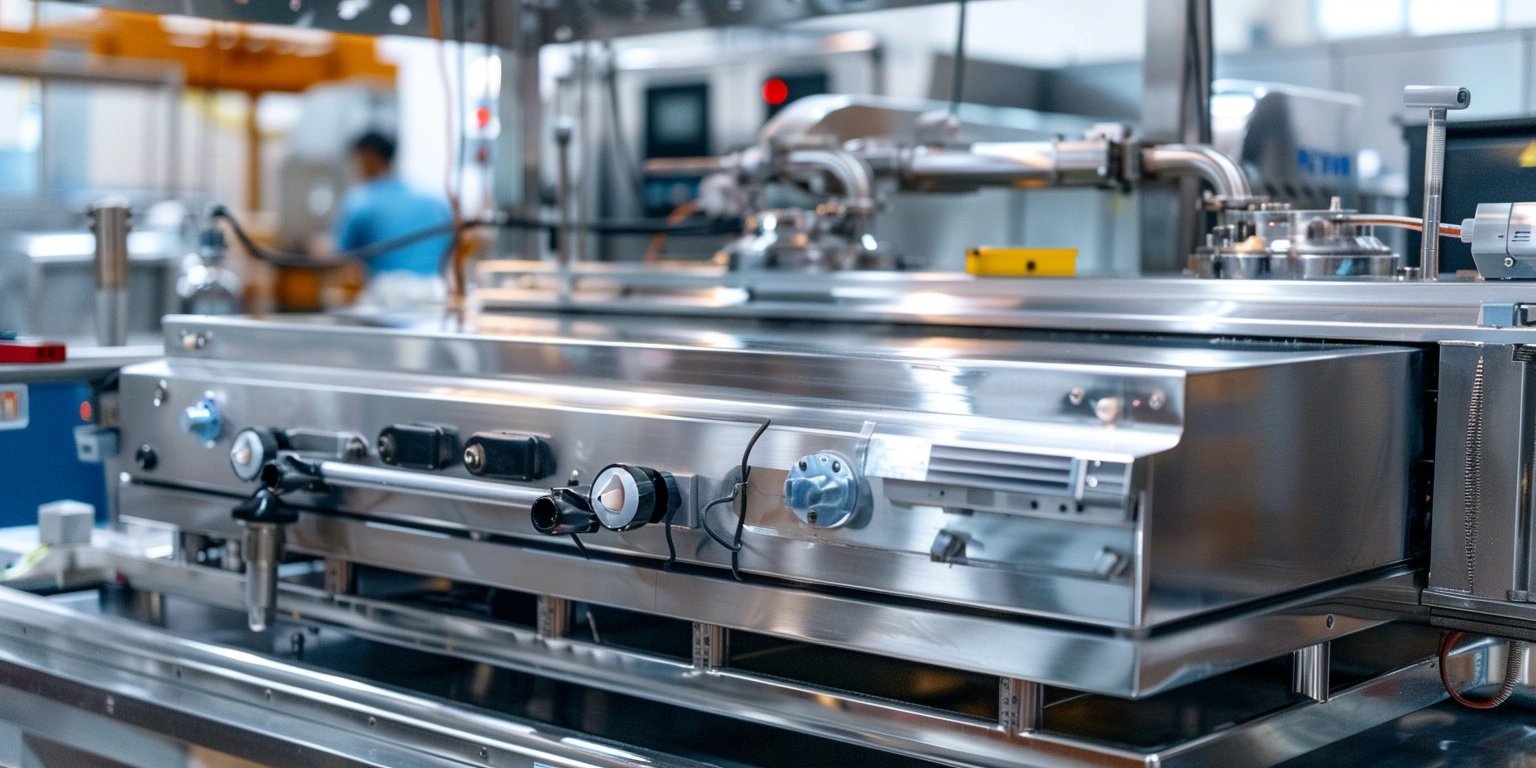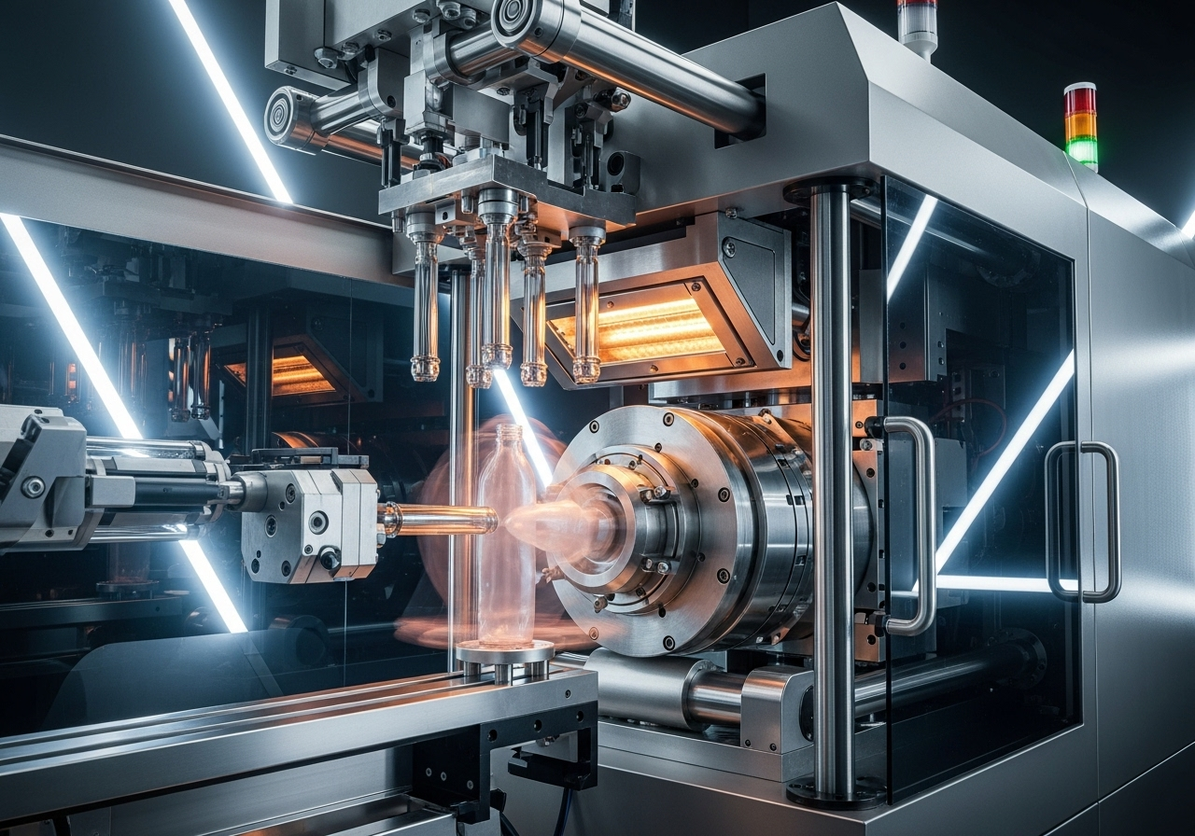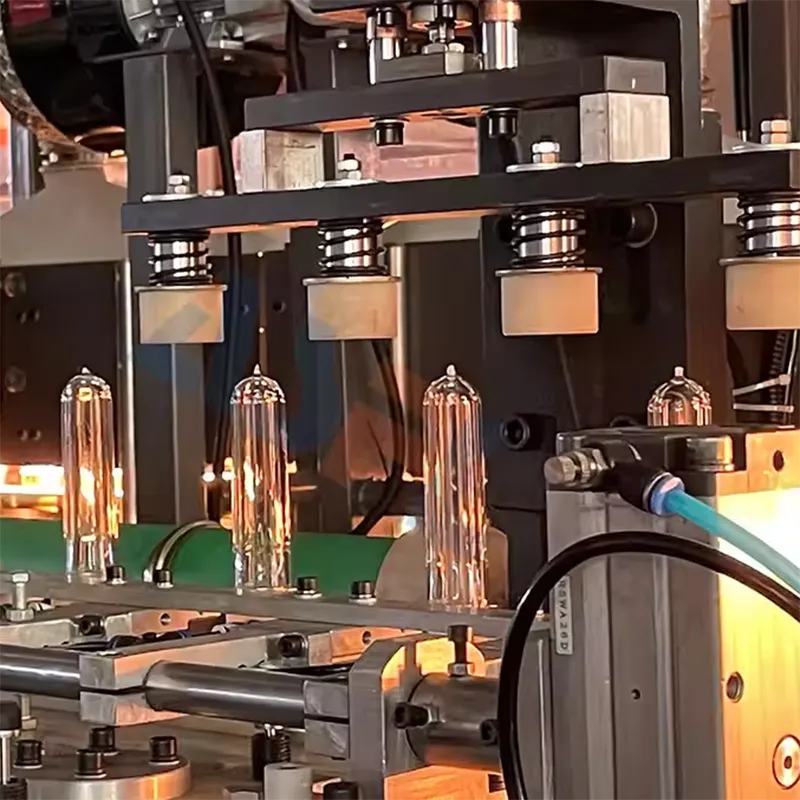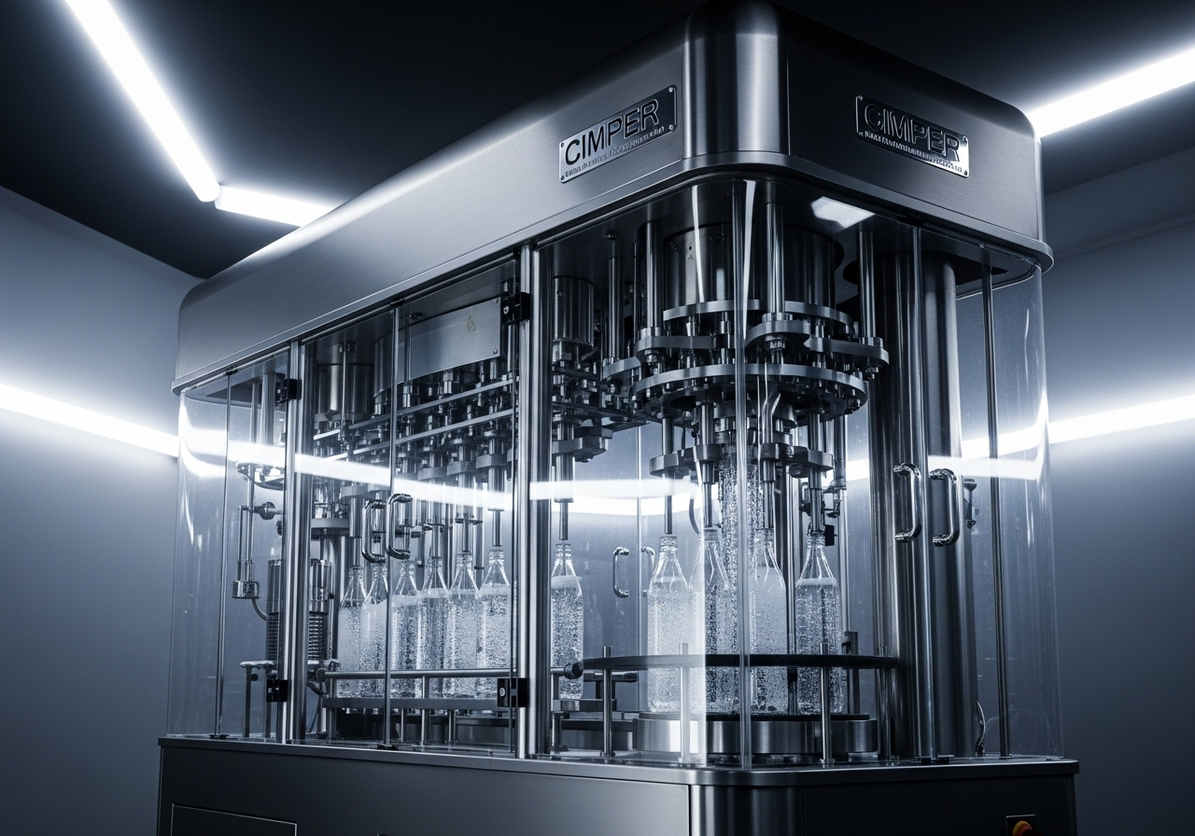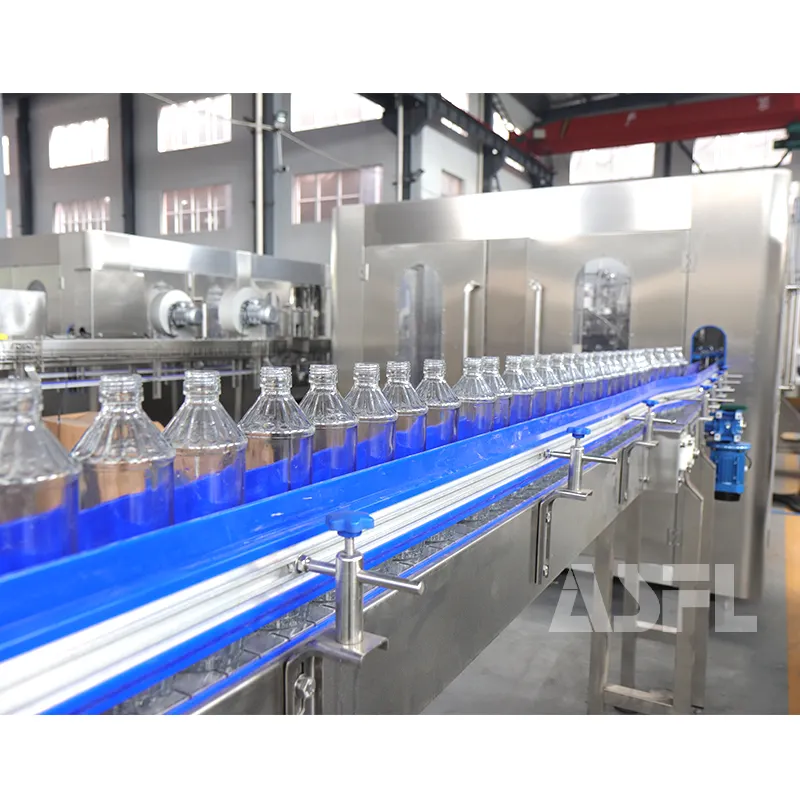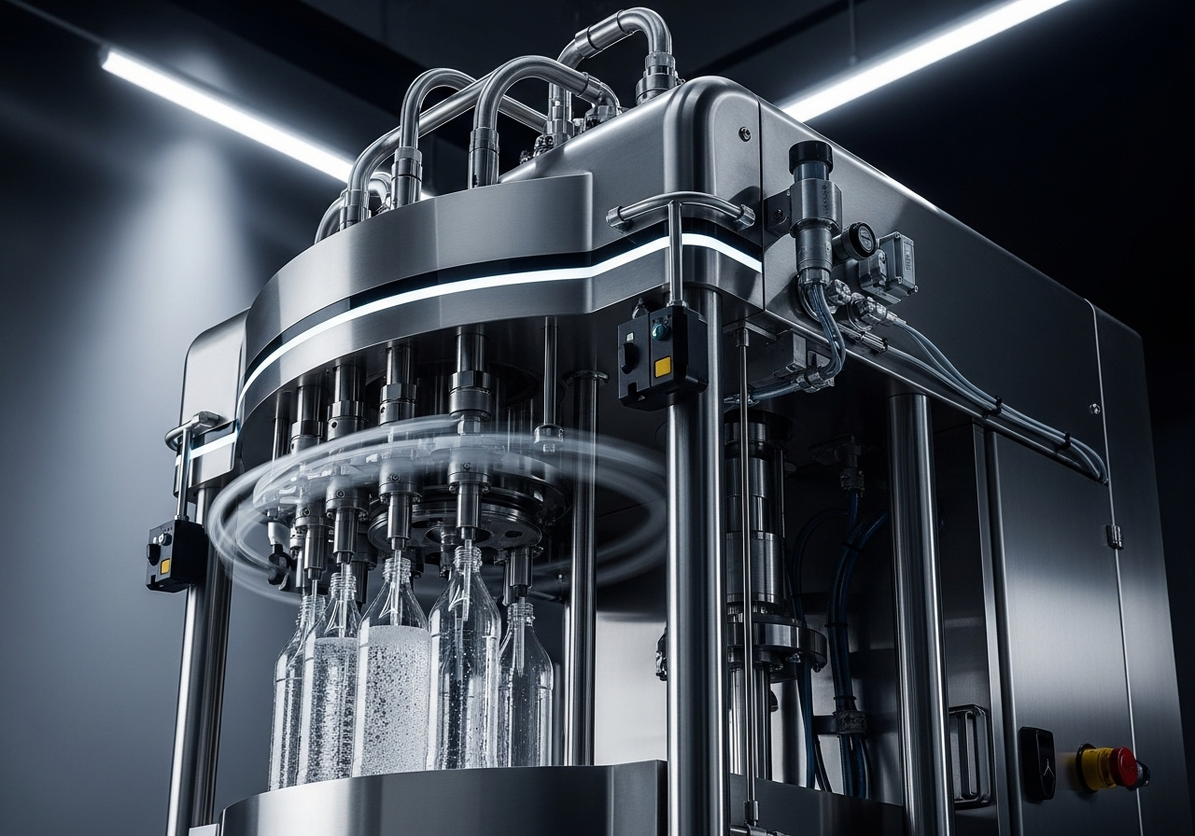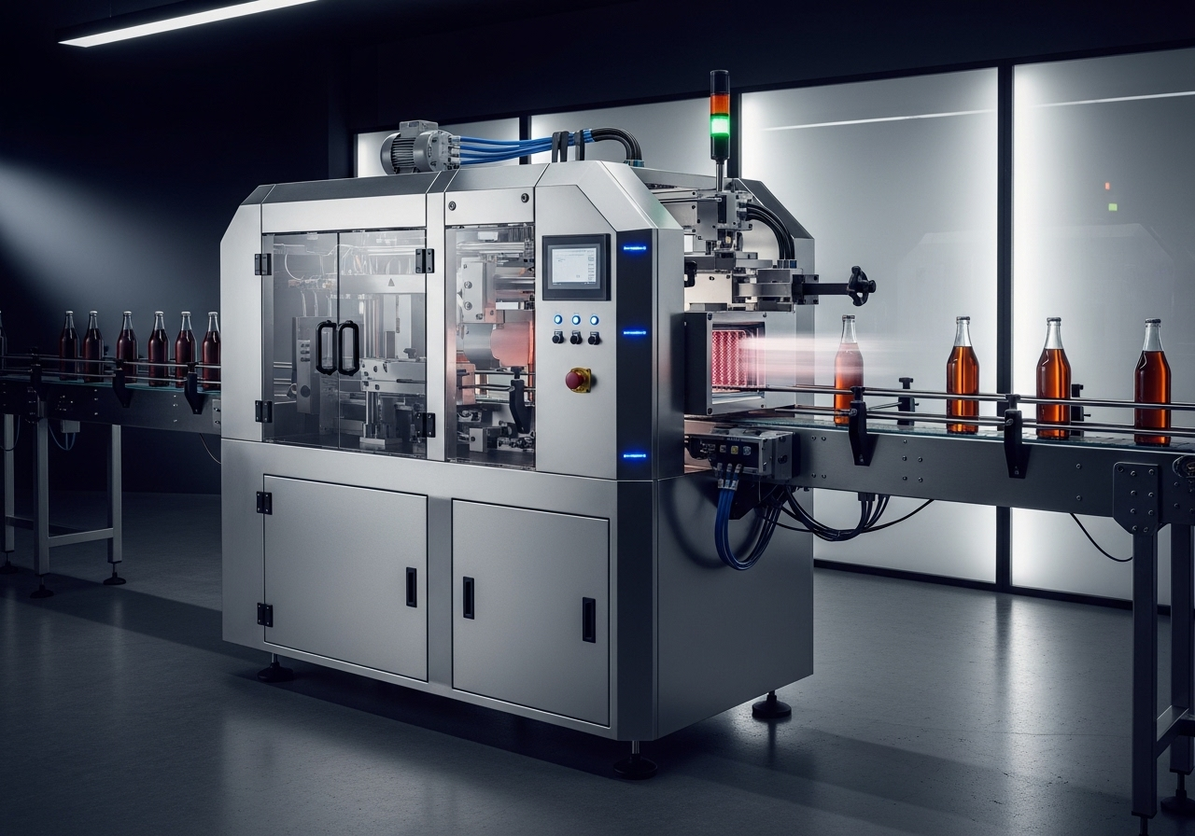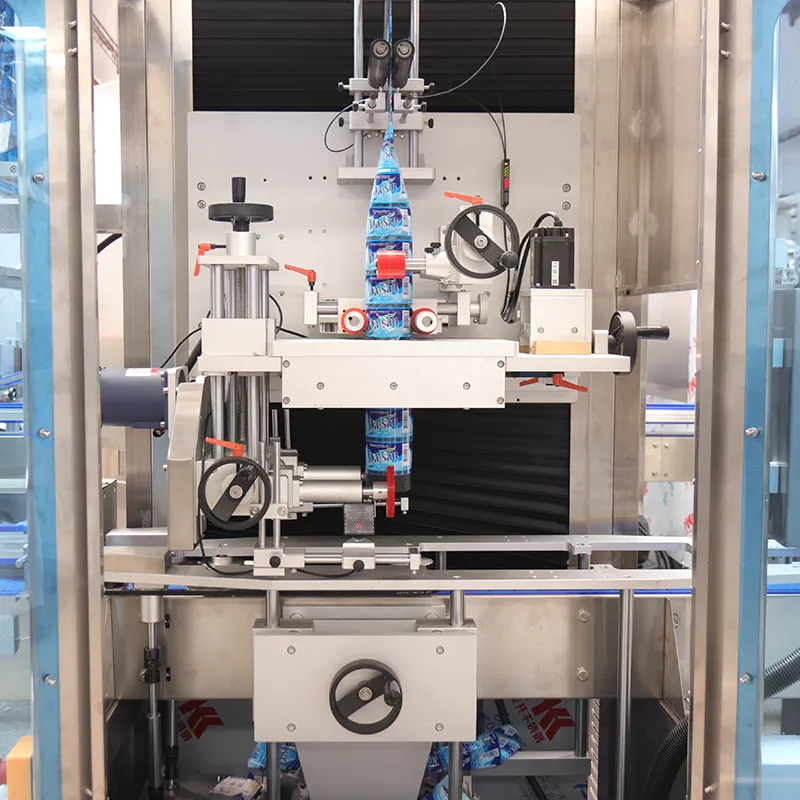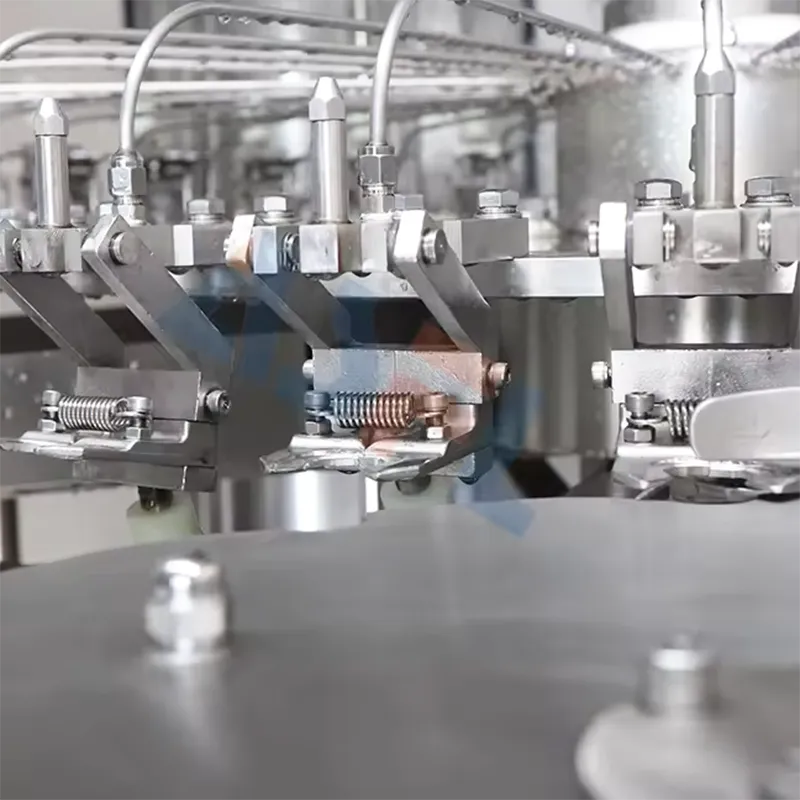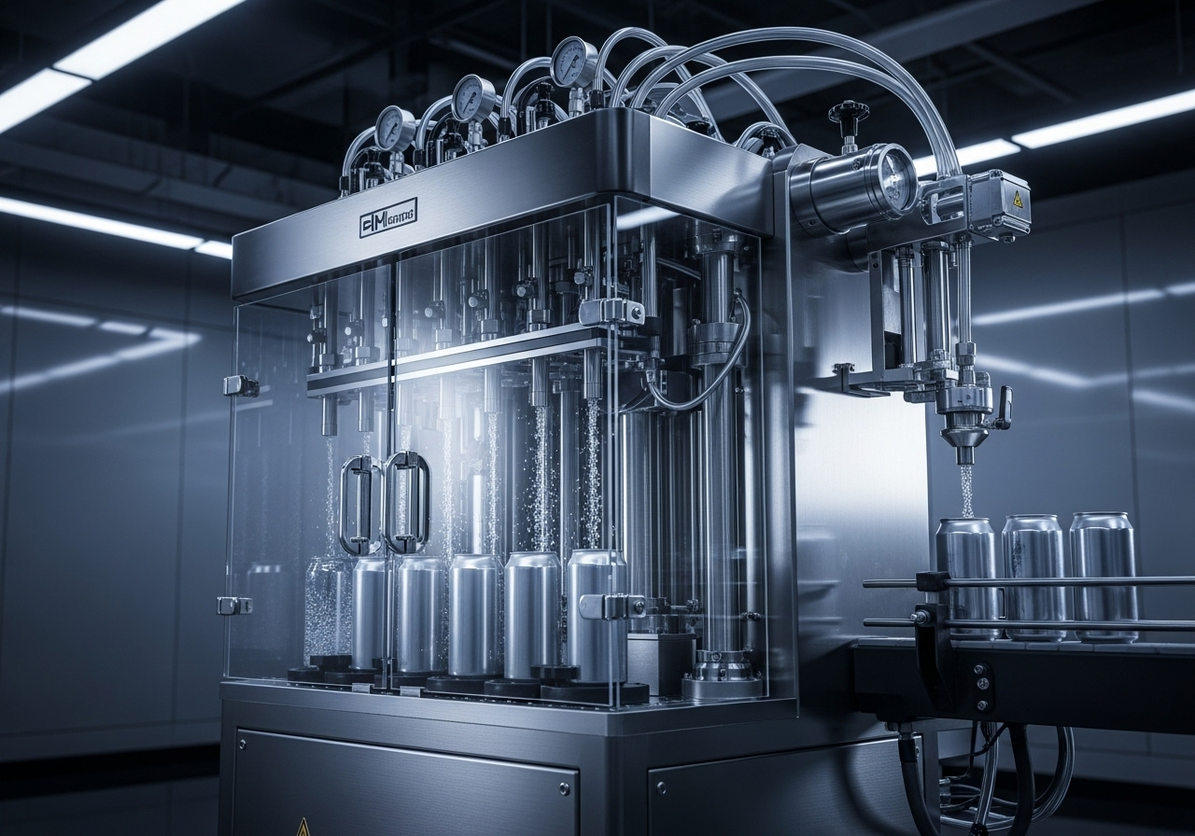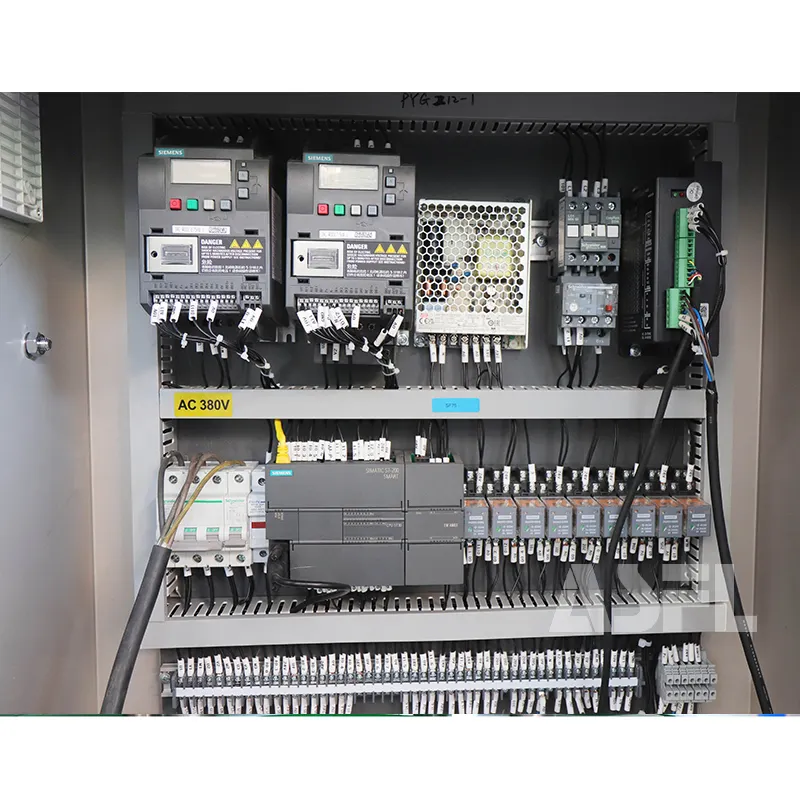Most buyers expect a bigger pump and a faster cycle to solve everything. After walking plants from Bavaria to the Baltic coast, I’ve learned it rarely plays out that way. The vacuum curve, bag material, operator rhythm, even the product purge—these small things decide whether your shiny new unit actually delivers. And yes, the brand matters. Based on field visits and insights from ASFL projects in Europe, speed on the spec sheet is only half the story.
Here’s the rub: chamber systems often outpace external nozzles on repeatability, yet some teams swear by compact externals because they’re flexible and easy to drop into tight spaces. Those teams aren’t wrong. Their context is simply different—high-mix SKUs, frequent changeovers, and limited footprint. If you just compare headline cycle times, you’ll miss the daily friction that eats into real throughput and quality.
This is a look at what really separates winning choices from expensive disappointments: the gaps in the data, the trade-offs that never make the brochure, why month three is when the truth shows up, and the integration details that quietly make or break outcomes across European lines.
What the Numbers Don't Show?
The dashboards say one thing; the floor says another. In several audits, only about 20–30% of downtime events captured in PLC logs were root-cause-coded accurately. Mis-seals get logged as generic stops. Operator pacing masks bag-fit issues. And rework? Often tracked off-line, so it never shows up against the sealing cell.
When teams compare chamber to external units, they often focus on cycle time alone, but rework rates tell the real story. I’ve seen consistent microleaks in the 2–5% range on low-cost film when the seal bar temperature drifts with ambient changes. A legacy unit—think an older deni vacuum sealer on a side cell—might look cost-friendly, but the rework pile shifts the economics fast. Better bar control saves more than a tenth of a second ever will.
Buyers also get distracted by list pricing and search results—queries like “cheapest ASFL vacuum sealerealer” pop up in procurement inboxes. I get it. But a 1.5–2.0× cycle-time advantage can be wiped out by 10–15% longer changeovers if tooling and recipe management aren’t tuned. The spreadsheet rarely models those invisible losses, yet that’s where money leaks, day after day.
The Trade-offs Nobody Mentions
Gas flush looks simple on paper: add nitrogen, get shelf life. In practice, you add 0.4–0.8 seconds per cycle and a handful of new failure modes—poor venting, inconsistent residual oxygen (I’ve seen 0.3–0.8% swings), and extra maintenance on valves. If your volume doesn’t justify it, that’s a lot of new variables for limited gain.
Film thickness is another honest trade-off. Move from 70 to 90 microns and you add 1–2 cents per pack; you might avoid a fraction of returns—say 0.2–0.4%—but you’ll also need a hotter or longer seal. I’ve watched teams chase a “vacuum sealer nearby” for a quick replacement, only to discover their existing recipes scorch the thicker film. The right answer isn’t always the pricier film; it’s the right heat profile and consistent bar pressure.
And footprint. A chamber machine can anchor a line with stable performance, while an external nozzle unit can thread into awkward spaces and handle long bags gracefully. If you’re in a tight European facility with mezzanines and odd corners, that external unit’s flexibility is real value. Just don’t expect it to match a chamber’s repeatability on wet or purge-heavy products without dialing in process discipline.
The Pivot at Month Three
Patterns repeat. Month one is about installation noise. Month two, operators settle and recipes stabilize. Month three is where reality shows up on the scorecard. I’ve seen OEE move by about 3–5% from baseline at this point—not because the machine “got faster,” but because changeovers tightened, film waste eased by 5–8%, and QA stopped chasing intermittent leaks. The turning point is rarely hardware; it’s habits.
Here’s a detail that catches many teams off guard: support tickets spike with basic questions—“why won't my vacuum sealer vacuum?”—usually traced to lid sensors, tired gaskets, or bag misplacement. Two hours of targeted operator training often drops mis-seals by 15–25%. I’ve even watched buyers who searched for “vacpak it ASFL vacuum sealerealer” end up succeeding because they invested in training, not because the model number changed.
Integration Points That Matter
Sealing tech succeeds or fails at the edges. Gasket health is a quiet killer; in two-shift operations, I budget for swap intervals of 4–6 months. Wait too long, and you chase phantom leaks and wonder why cycle times creep up. Vacuum pump sizing matters, too: 20–40 m³/h covers a small chamber on light loads, but marinade-heavy or high-moisture products often need 63 m³/h just to maintain consistency without stretching the cycle.
Bag texture, product purge, and wet/dry modes need a recipe you actually enforce. When support hears “why won't my vacuum sealer vacuum,” the root cause is often simple: a slick, flat bag lip, a bit of oil on the bar, or trapped liquid that needs a brief dwell tweak. The fix isn’t magic; it’s good housekeeping, a sensible SOP, and a machine that gives operators useful feedback rather than cryptic alarms.
Finally, think about your controls. If your ERP or QA platform needs seal data, choose an HMI that exposes it cleanly and a controller that plays well over Ethernet/IP or Modbus. I’ve seen maintenance events drop from 6–8 interventions a month to around 3–5 when teams standardize recipes and alarms. It’s not glamorous work, but it’s the difference between a machine that keeps its promises and one that quietly costs you. If you want a practical benchmark, talk to teams running ASFL units across mixed European shifts—they’ll tell you which integration details mattered most and which ones they wish they’d handled on day one.

